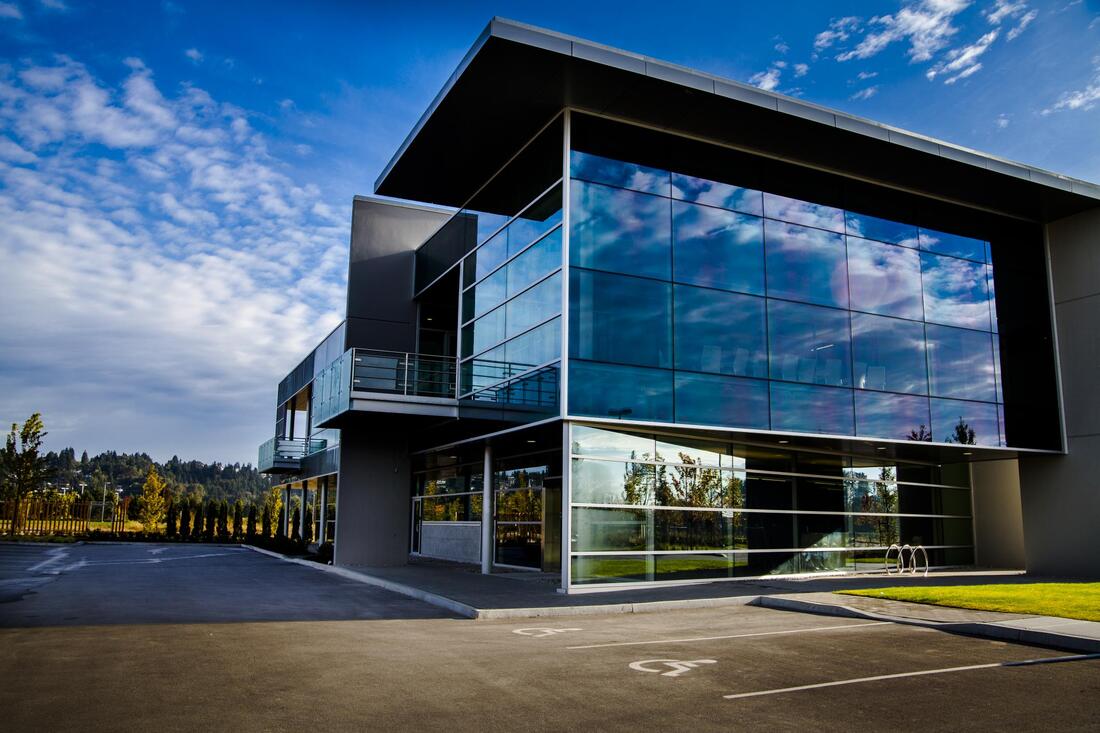As urban landscapes continue to evolve and our lifestyles become more fast-paced, the need for privacy in our homes and vehicles, particularly during nighttime, has become increasingly crucial. Balancing the darkness of window https://windowtintingnewyorkcity.com is a nuanced consideration, as it involves finding the sweet spot between ensuring security and maintaining essential visibility. This article explores the intricacies of nighttime privacy and how the choice of tint darkness plays a pivotal role in achieving the delicate equilibrium between security and visibility.
Understanding the Need for Nighttime Privacy:
Privacy is a fundamental aspect of our lives, and it extends to our personal spaces, whether it be our residences or vehicles. Nighttime, with reduced ambient light, presents unique challenges to maintaining privacy. Adequate measures are necessary to shield interiors from prying eyes, ensuring a sense of security and comfort for occupants.
The Role of Window Tints in Nighttime Privacy:
Window tints have long been employed as a solution for enhancing privacy. Beyond their aesthetic appeal, tints serve practical purposes such as heat reduction, glare prevention, and UV radiation blockage. However, when it comes to nighttime privacy, the darkness of the tint becomes a critical factor.
Balancing Security and Visibility:
- Optimal Darkness Levels: The darkness of window tints is measured by Visible Light Transmission (VLT) percentage. Striking the right balance involves choosing a tint darkness that offers sufficient privacy without compromising visibility for the occupants. A moderate VLT, typically in the range of 20-35%, is often considered ideal for striking this balance.
- Security Considerations: Darker tints may provide enhanced privacy, but excessively dark tints can hinder the driver’s visibility at night. This compromises safety, as reduced visibility may lead to accidents. Therefore, it’s crucial to adhere to legal tinting limits and ensure that the chosen tint darkness meets safety standards.
- Legal Compliance: Different regions have regulations regarding the permissible darkness levels for window tints. Adhering to these regulations not only avoids legal complications but also ensures that the tint darkness strikes a reasonable balance between privacy and visibility.
- Technology Advancements: Consideration should be given to modern advancements in tinting technology, such as smart tints that adjust transparency based on ambient light conditions. These technologies offer a dynamic solution that adapts to varying privacy needs throughout the day and night.
Conclusion:
Nighttime privacy is a delicate dance between security and visibility, and the choice of window tint darkness plays a pivotal role in achieving this balance. Striking the right equilibrium involves considering optimal darkness levels, adhering to legal regulations, and embracing technological advancements. By carefully navigating these factors, individuals can enhance their nighttime privacy without compromising safety, ensuring a secure and comfortable environment within their homes and vehicles.



